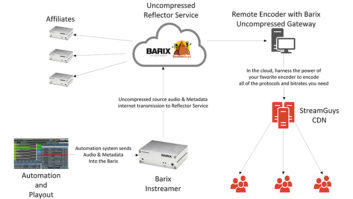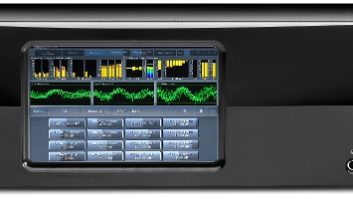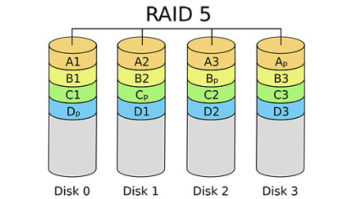Radio World’s “Guest Commentaries” section provides a platform for industry thought leaders and other readers to share their perspective on radio news, technological trends and more. If you’d like to contribute a commentary, or reply to an already published piece, send a submission to [email protected].
Listeners do get annoyed when they switch to a stream — or go from analog to HD — and hear delay, or what we broadcasters call latency.
Your audience may come to the conclusion that the analog broadcast is better. Let’s not go there!
Many people have heard the term “stream latency” but may have no idea what it is. Let’s make it simple: The latency is the difference in time from the moment your live content originates in front of a microphone or camera to the moment it plays back on your stream player.
Latency is a critical concern, especially now that sports gambling has found a home with the broadcaster. And with many streams doing commercial replacement, you need to be aware of the latency between various sources or listeners will hear an overlap of content that is not supposed to be heard on your stream.
How much latency is acceptable? That is subjective. But many factors can add to the latency in the streaming process.
The idea is to have the latency so small that it cannot be noticed.
You also do not want it noticeable that another medium (radio or television) can present the content before the stream.
Would a stream be successful if the audience of a television station saw the results of a sports event before it is presented on a stream? No. And again, the issue of latency is of more importance now that legalized betting is getting involved in streaming.
[Read More Commentaries by David Bialik]
The streamer is now very concerned with the transport path of the stream. It may not be possible to have zero latency, but your goal is to not have any delay that is perceivable.
Where is the latency happening?
- Before your content gets to the encoder. Yes, some latency can be created in the studio. Signal processing is usually a culprit.
- Your encoder can add latency.
- Cascading digital codecs can add latency.
- The time of transport from the encoder to the CDN can add latency. This is why you should care about routing. You want the least amount of “hops.”
- The CDN usually can keep the latency down within their facility and to the stream player.
- Your player will take time to process and play a stream as well.
Please understand that latency is present in all media. From the moment content is captured, whether sent to a transmitter, satellite, cable system or stream encoder, there will be a delay or latency to the audience.
Some streams have latency in minutes or seconds. Depending on how the stream is transported, a latency in the tenths of seconds has been reported.
But lessening or managing the amount of stream latency is the ultimate goal of any streamer. Yes, this is extremely important for sports and the most minimal time is optimal. Thus timing is everything!










